Positioning Statement: Examples, Templates, Best Practices
Casey O'Connor
Contents
- What Is a Positioning Statement?
- Why Are Positioning Statements Important?
- Positioning Statement vs. Mission Statement
- Positioning Statement vs. Value Proposition
- Key Elements of a Positioning Statement
- How to Write a Positioning Statement
- Positioning Statement Template
- Positioning Statement Examples
- Positioning Statement Best Practices
A positioning statement defines what a company’s product or service does, the market it serves, what makes it stand out from its competitors, and the benefits of buying it.
Positioning statements are used by sales teams and marketers to help them better understand where they fit in — and how they stand out — among their overall market. The clearer, more thorough internal understanding that comes from a strong positioning statement can help sales reps sell more effectively to well-qualified prospects.
In this article, we’ll go over everything you need to know about positioning statements, including what they are, how to write them, a few real-world examples, and some best practices to follow as you write your own.
Here’s what we’ll cover:
- What Is a Positioning Statement?
- Why Are Positioning Statements Important?
- Positioning Statement vs. Mission Statement
- Positioning Statement vs. Value Proposition
- Key Elements of a Positioning Statement
- How to Write a Positioning Statement
- Positioning Statement Template
- Positioning Statement Examples
- Positioning Statement Best Practices
What Is a Positioning Statement?
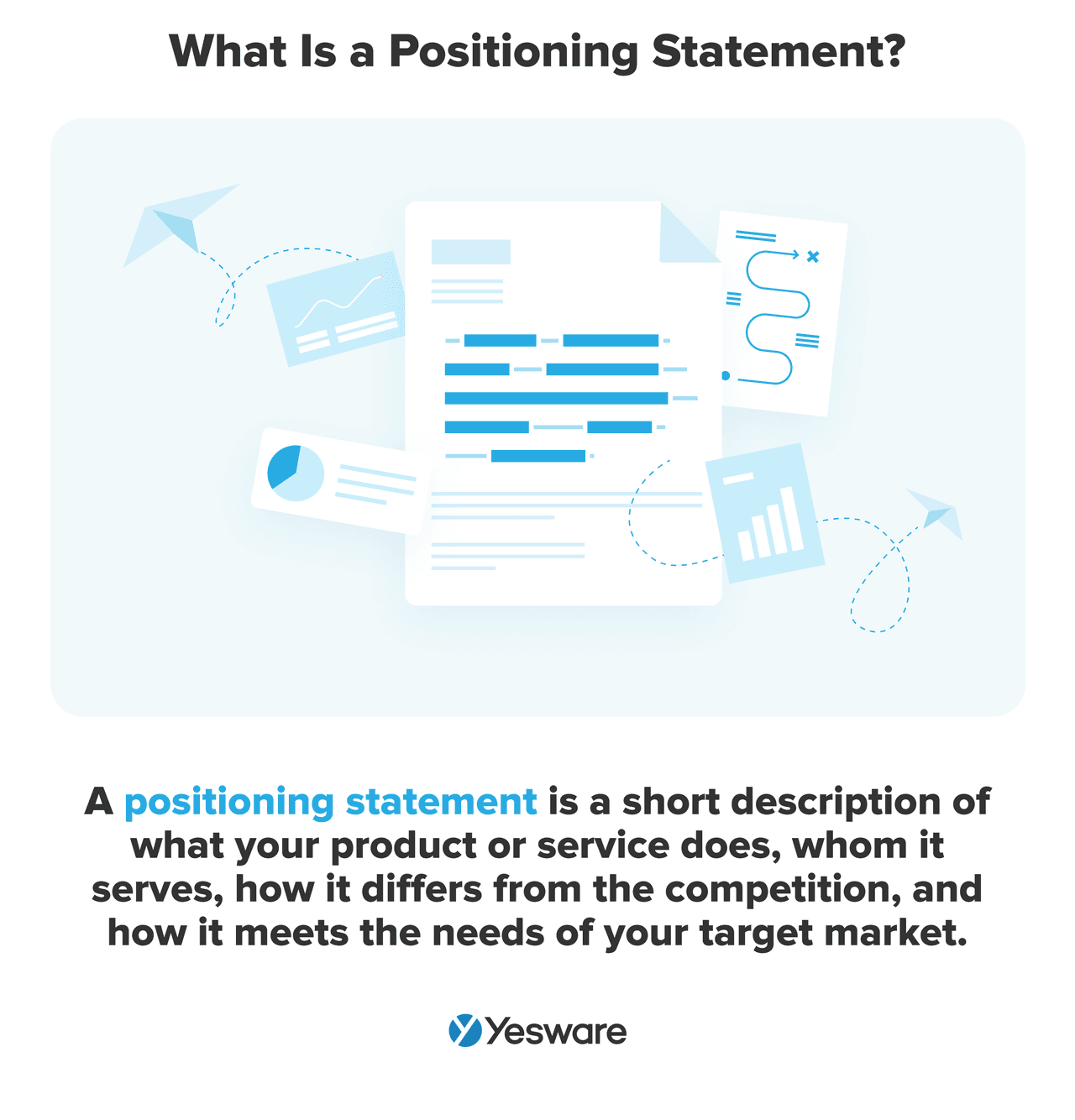 A positioning statement is a short description of what your product or service does, whom it serves, how it differs from the competition, and how it meets the needs of your target market.
A positioning statement is a short description of what your product or service does, whom it serves, how it differs from the competition, and how it meets the needs of your target market.
Positioning statements are typically meant to be internal and are used by marketing and sales teams to guide them in decision-making around sales strategy and the buying experience.
That being said, a well-crafted positioning statement may also help define the product for buyers and others not internal to the company.
A positioning statement helps marketers and sales reps strongly and consistently define the product’s value proposition throughout advertising campaigns and the sales process. It gives sales reps insights into how to best position themselves to appeal to their specific buyer personas.
The position statement is a living, breathing document, and should be updated over time as your organization, product, and/or target market(s) grow and change.
Why Are Positioning Statements Important?
Positioning statements help marketers and salespeople ensure that their sales approach and strategies are in line with the overall brand, and that they speak to the unique needs of the target market.
In other words, the positioning statement gives a clear vision to sales and marketing about how to showcase and talk about the product’s unique selling proposition (USP) in a way that’s in line with and strengthens the brand.
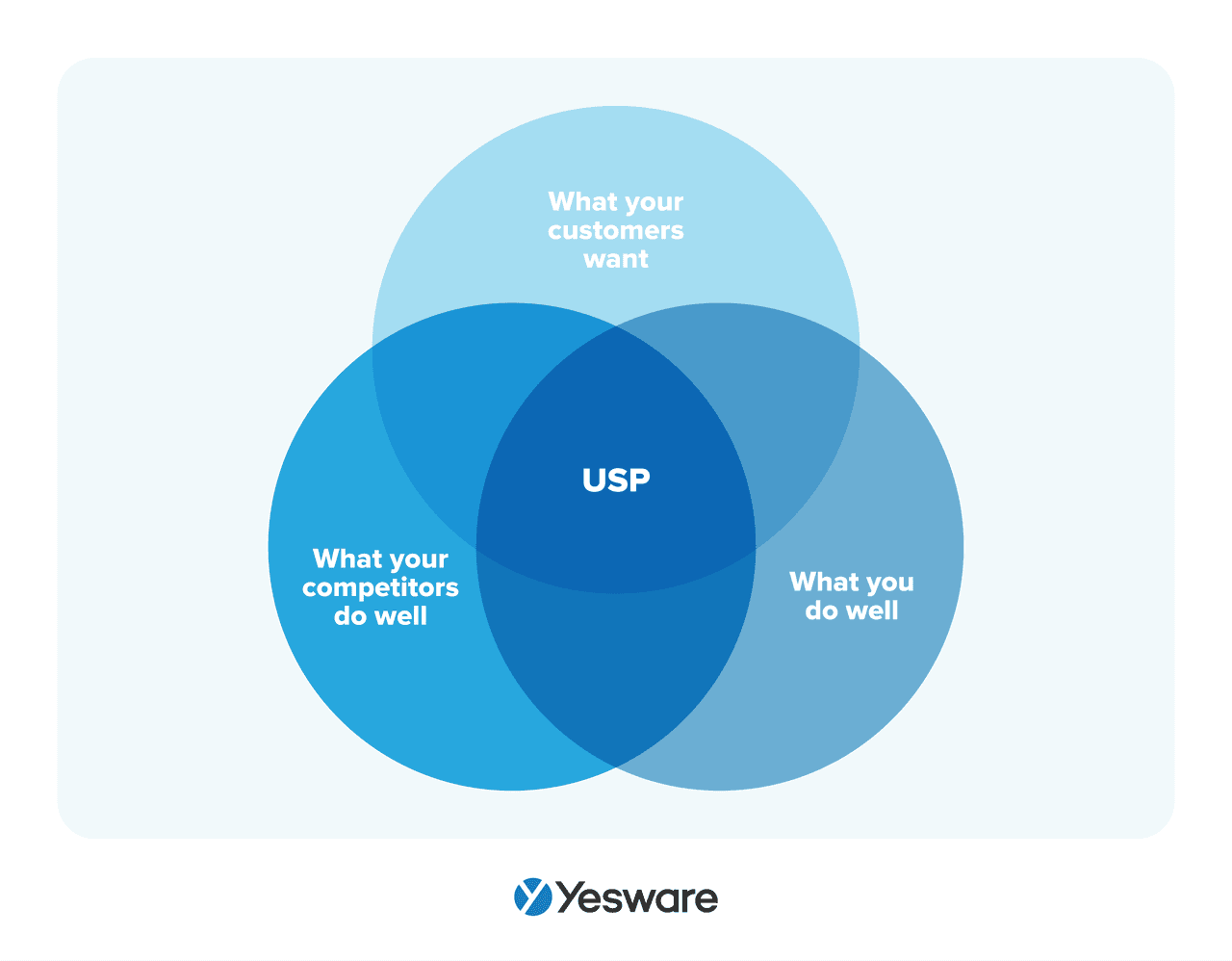
This, in turn, dictates how your target market perceives you and your product, and creates a better buying experience for them.
Positioning Statement vs. Mission Statement
A mission statement is a public statement that describes your business’s purpose. It tells potential buyers and other companies why you do what you do.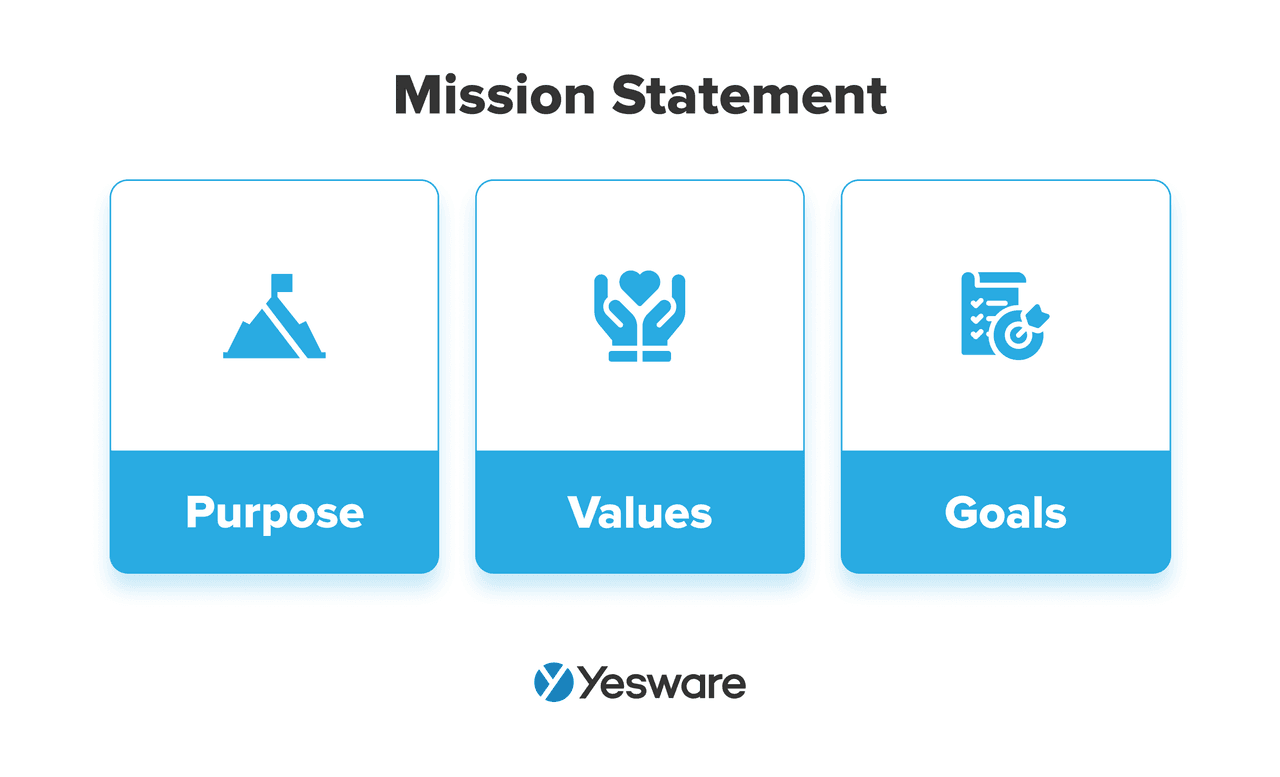 In other words, a mission statement describes a company’s core purpose.
In other words, a mission statement describes a company’s core purpose.
Positioning statements are often confused with mission statements. Although the two are similar, there are some notable differences.
The primary difference between a mission statement and a positioning statement is their audience. While positioning statements are meant to be internal, mission statements are written with a public audience in mind.
Here’s an example of how Facebook’s mission statement might differ from its positioning:
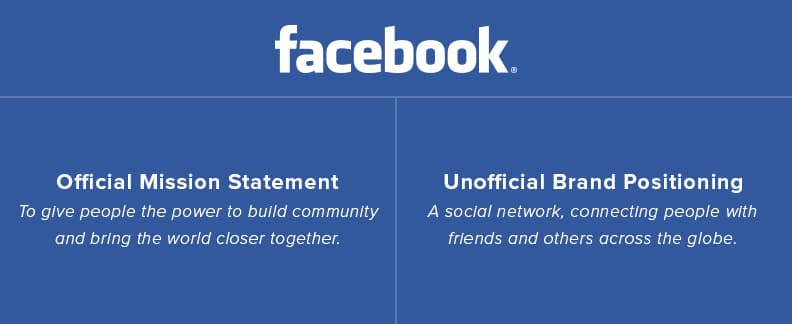
(Note: These are both invented statements for the sake of the example.)
It’s also helpful to describe the difference this way: the positioning statement describes the “what” of your product, while the mission statement describes the “why” of your company.
Positioning Statement vs. Value Proposition
Positioning statements are also often conflated with value propositions.
These two are more closely related than the positioning statement and value proposition are. In fact, the value proposition is a subset of the positioning statement.
The value proposition explains your product or service’s specific and unique benefit. It helps both sellers and buyers better understand what sets your offer apart from the competition’s.
Key Elements of a Positioning Statement
Despite how important the positioning statement is, it’s actually not terribly complicated to create. There are a few key elements that are common to just about every positioning statement. 
1. Brand Identity
Defining your brand identity — in other words, your business’s “personality” — includes things like logo and color scheme, brand values, marketing tone, and more.
There are a number of front-facing and behind-the-scenes factors that make up a brand’s identity, and they come together to shape the internal and external culture of your company.
2. Brand Values
Though brand values are one component of brand identity, they’re so critical to the positioning statement that it’s important to also define them in their own right.
Your brand values help guide internal decision-making and act as their own form of marketing.
3. Target Audience
Sales and marketing need to align carefully to create a detailed ideal customer profile (ICP) and buyer personas.
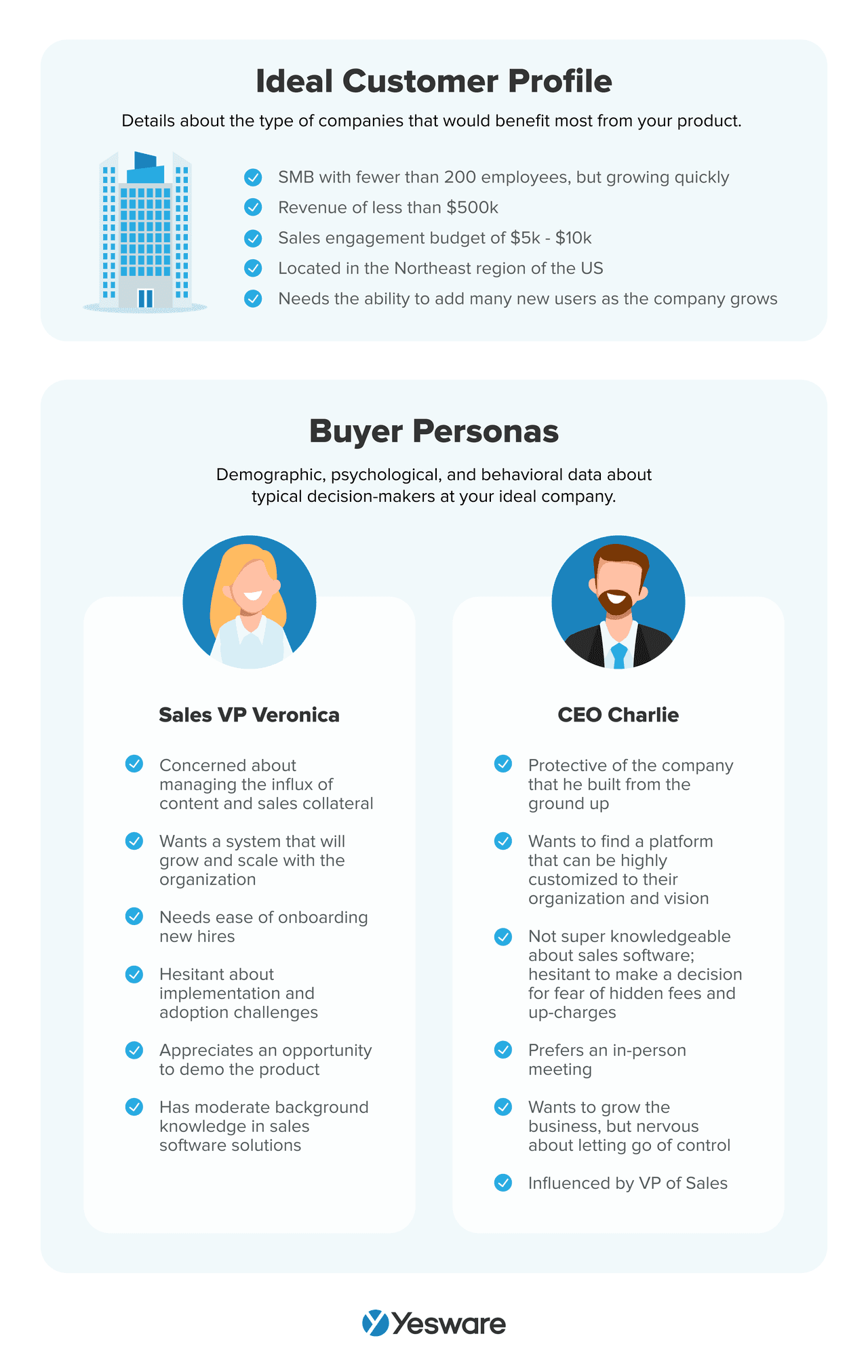
Be as specific as you can here, and create as many ICPs/buyer personas as you have niche markets and sublists. In fact, go a step further if you can and add details to this section for each individual buyer you prepare to encounter.
4. Market Category
When you define your market, you paint a clear picture of both buyers and sellers in your space.
This is your chance to highlight what specific features buyers are looking for, the benefits they’ll get from using your product, and how your competitors are attempting to address them.
5. Point of Difference
After identifying the other players in your space and defining their offers, your positioning statement needs to include tangible, specific information about how your offer differs from and outshines the competition.
What is your unique selling point (USP)? Why do buyers choose you instead of the competition? What do you offer that they don’t, do better than they do, or solve that they can’t?
Your point of difference is at the heart of how you position yourself in the market, so be as specific as you can here.
6. Reason to Believe
It’s also a good idea to include a “reason to believe” in your positioning statement.
In other words, give a little bit of proof to back up what you’re claiming to offer.
Although this document is primarily internal, including customer testimonials, noteworthy company achievements or awards, and/or relevant case studies in the positioning statement can help salespeople feel ready to confidently back up their selling points.
7. Brand Promise
Some positioning statements also include something called a brand promise. In other words, they paint the picture of what life could be like for the buyer if their problem were solved by your product.
Tip: Understanding buyer psychology can help form a winning positioning statement. Grab our ebook below to discover power words and psychological principles.
 Psychology Principles + 13 Power Words for Winning SalesData-backed psychological principles, nonverbal cues, and persuasive phrases to win more deals.
Psychology Principles + 13 Power Words for Winning SalesData-backed psychological principles, nonverbal cues, and persuasive phrases to win more deals.
How to Write a Positioning Statement
Fortunately, writing a positioning statement is a relatively straightforward task. Not only that, but it’s easily revised and can be updated whenever the team sees fit.
The following steps will help you write or update your company’s positioning statement.

1. Do Some Field Research
If you’re writing your very first positioning statement, it’s perfectly okay to look at a few examples from other companies that have a strong model in place.
This may require a bit of digging, as most positioning statements remain internal, but a little bit of networking should give you access to at least a couple of examples (we’ve also included a few later in this article).
Of course, don’t copy anyone else’s language or selling points — but seeing the framework in a real-world example can help you draft your own.
2. Gather Stakeholders and Other Feedback
A positioning statement requires input from several different teams. As you create your own, it’s important to seek feedback from the following departments:
- Sales
- Marketing
- Customer Success
- C-suite executives
Although it’s primarily sales and marketing that use the positioning statement on a day-to-day basis, customer success can help you shape the tone by providing customer testimonials and case studies, and c-suite executives can help ensure the statement is in line with the company’s overall goals.
3. Define Customers and Their Needs
Next, you need to get on the same page with a very clear and thorough understanding of your target market.
In other words, it’s time to nail down the ICP and any buyer personas you anticipate encountering.
Customer surveys can be particularly insightful during this step. Ask successful, long-term customers to share what they love about your product and how much their lives have improved since adopting it. This feedback can shape the messaging of your positioning statement.
4. Develop Each Aspect of the Framework
Now that you’ve gathered the major players and defined the market, it’s time to start drafting.
Positioning statements should be relatively short (3 – 5 sentences, at the most). This presents a challenge for some teams who are eager to share everything they can about their offer.
With that in mind, it can sometimes be helpful to start the process long-form and write notes about each element of the positioning statement without regard for brevity. This will ensure that the most important ideas are captured.
5. Write Your Positioning Statement Using the Template
With all of your ideas on paper, it’s time to write the actual statement. Use your notes on each element of the statement to help fill in a basic positioning statement template (we’ll share an example in the next section).
Positioning Statement Template
The following is one example of an effective positioning statement template.
Feel free to use it exactly as-is or adapt it to fit your team’s specific needs. Just make sure you include each of the key elements of a positioning statement as listed in the earlier section.  Grab the positioning statement template here:
Grab the positioning statement template here:
For [target market] who [target market need], [brand name] offers [market category] [point of difference/primary benefit differentiating you from competitors] so they can [end benefit] because [reason to believe].
Positioning Statement Examples
Here are a few examples of strong positioning statements from real-world companies.
Mailchimp

Mailchimp’s positioning statement maximizes its reach by packing a lot of information into each sentence — and it works. This positioning statement captures the market, its needs, and all the impressive ways in which its products meet those needs.
Vendasta

Looking for a simple and to-the-point positioning statement example? Vendasta’s positioning statement does just that. It answers who Vendatsa helps and what they help them do. It’s short and straightforward, and it helps the audience understand the product without overwhelming the reader with too much information.
Slack

This is a good example of a positioning statement that doesn’t quite follow the template but still gets the job done. Slack does a great job of showcasing their brand promise: make work life simpler, more pleasant, and more productive.
They also aren’t shy about advertising their reasons to believe — there’s no arguing with the success of a product used by hundreds of thousands of customers all over the world.
Positioning Statement Best Practices
The following are some best practices to keep in mind as you create or update your positioning statement.
1. Keep It Short and Sweet
Your positioning statement should give as much clear information as possible, in as few words as possible. If possible, try to limit it to three to five sentences.
If you’re struggling with this, look at feedback directly from happy customers, and try to align your language and statements with theirs. Happy customers tend to highlight what current prospects are looking for.
2. Be Transparent
A positioning statement should always be 100% truthful and authentic.
Although it’s designed to help sellers be more persuasive in sales conversations, the positioning statement should never be used to put your company in a category where it doesn’t belong or elevate it above its current performance.
Be proud of your offer — your job is to make sure it shines — but above all, be honest.
3. Lead With Empathy
More than half of customers expect the brands they choose to show empathy, but most are disappointed by what they see when they shop.

One way to practice being more visibly empathetic is by improving your active listening skills. 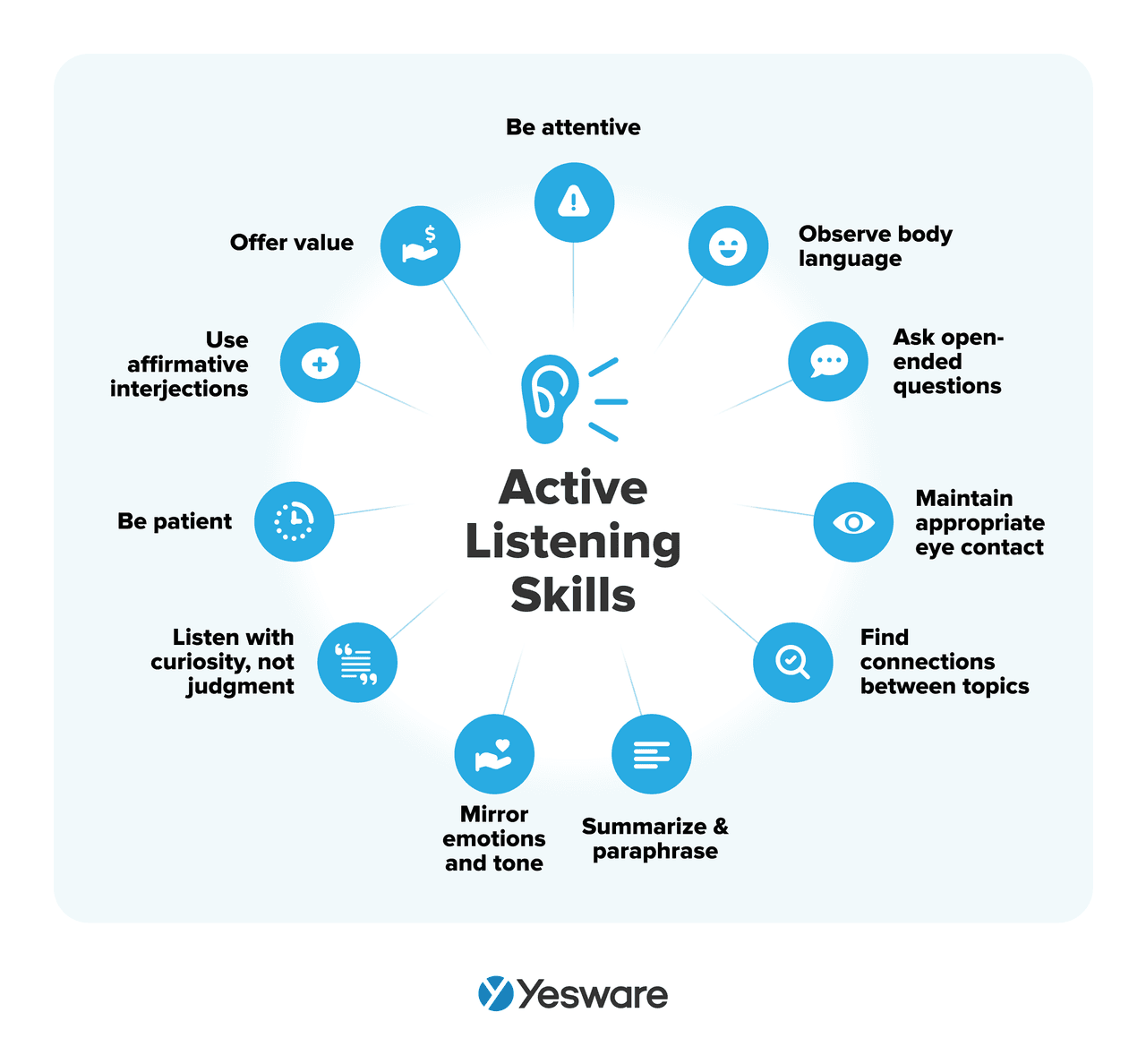 Active listening is easy to practice because you can use it in both sales and personal settings. And it has a surprisingly high impact for the little investment it requires.
Active listening is easy to practice because you can use it in both sales and personal settings. And it has a surprisingly high impact for the little investment it requires.
4. Make It Unique and Memorable
Although a good positioning statement has several key elements, the crux of the messaging is the point of difference.
Make sure your sales and marketing teams take as much time as necessary to define (and find the right language to describe) your product’s USP. The statement should help sellers clearly distinguish their offer from the competition.
5. Look to Your Brand Values
When in doubt, go back to your brand values. The things that matter to your brand will help you define your position in the market.
This isn’t just about staying true to yourself as you achieve success (though that’s important, too) — more and more often, buyers are making purchasing decisions based on values and connection.
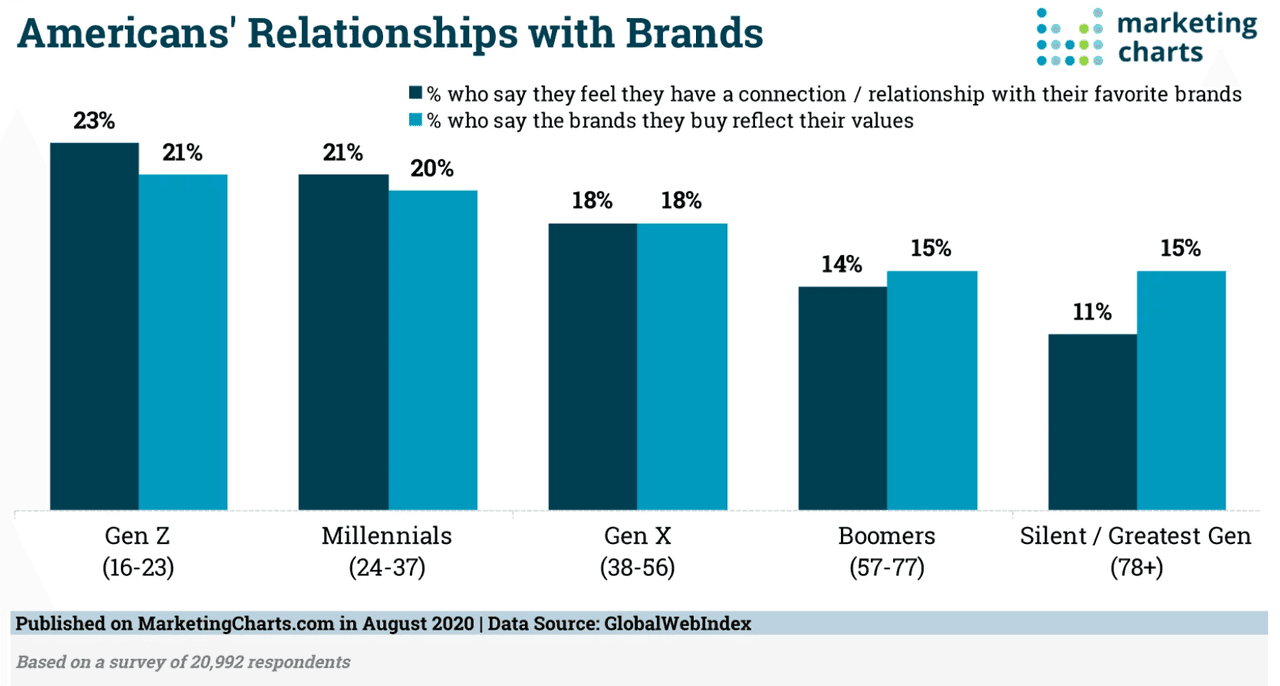
Does your company have a positioning statement? What steps will you take to create or update yours?
Get sales tips and strategies delivered straight to your inbox.
Yesware will help you generate more sales right from your inbox. Try our Outlook add-on or Gmail Chrome extension for free, forever!
Related Articles
Casey O'Connor
Melissa Williams
Anya Vitko
Sales, deal management, and communication tips for your inbox

